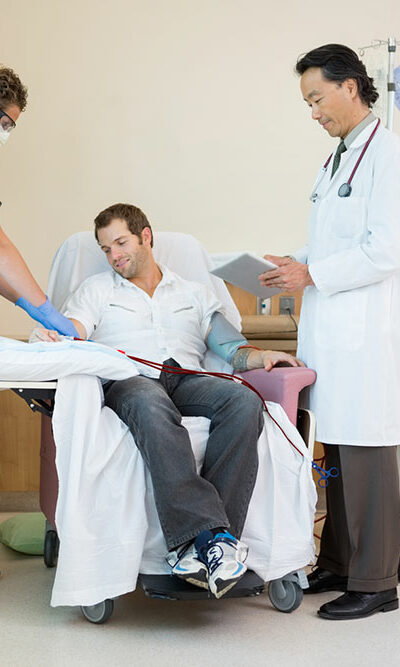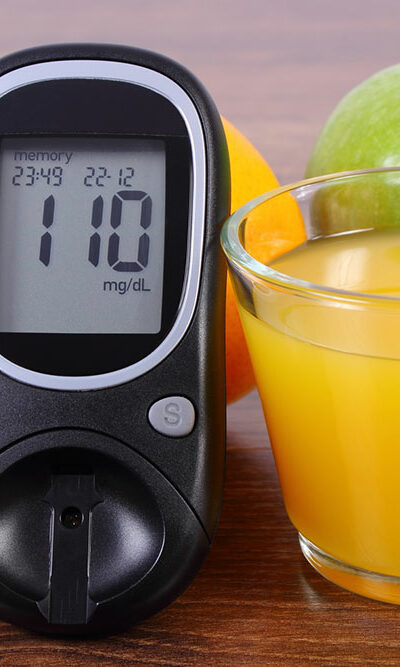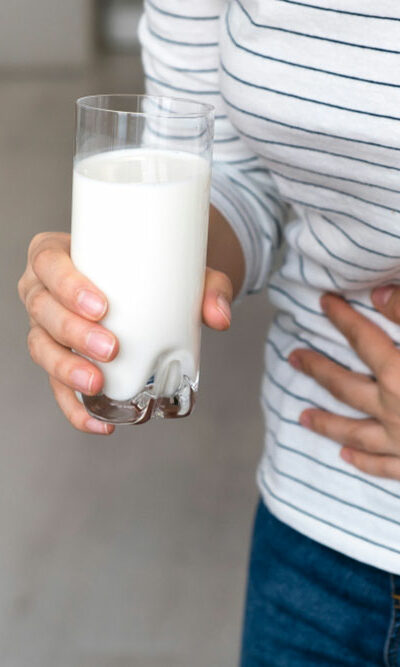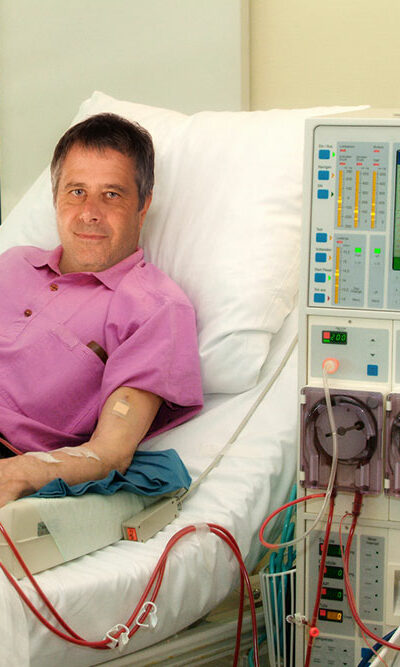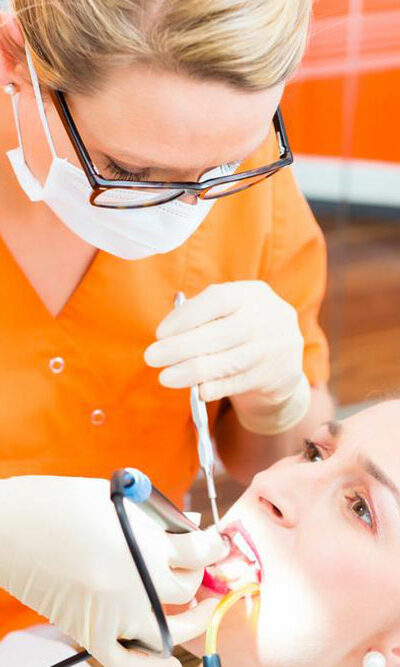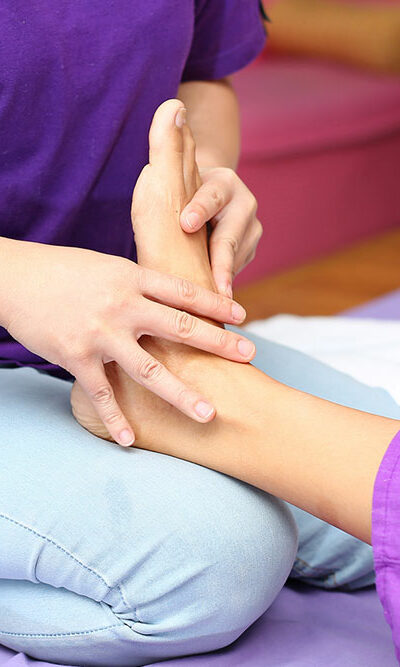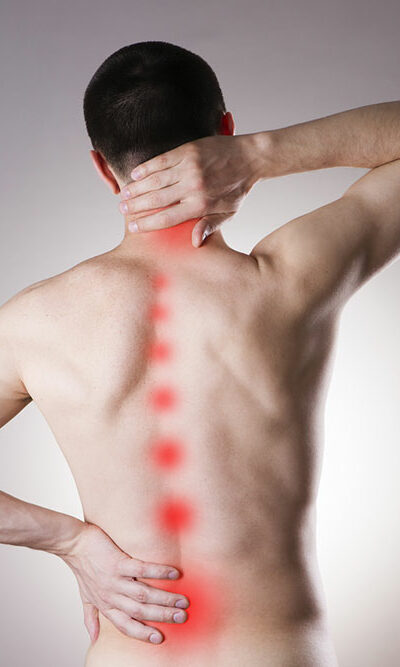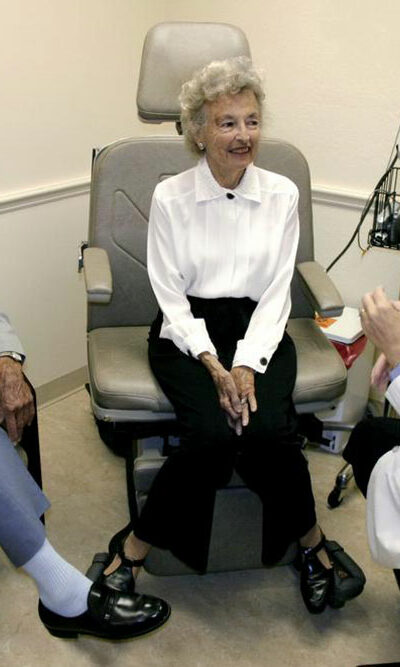
8 Ways to Treat Back Pain Without Surgery
Back pain is one of the most common health problems that affect a large number of people in the country. The pain can range from a minor, constant ache to a sudden, sharp, and penetrating sensation that makes the person unable to move. Back pain can strike at any time. It can result from a strain or injury in the back due to an accident or heavy lifting or can develop over time due to changes in the spine as we age. Moreover, a sedentary lifestyle can also lead to chronic back pain. In most cases, stress or tension in the back muscles causes pain. In this article, we will explore different ways of treating back muscle pain without surgery. Treatment options for back pain If you are experiencing unbearable pain, you need to visit a healthcare professional. However, a lot of times, the pain is short-term and can be effectively treated with a combination of non-surgical options that offer instant relief. Benefits of non-surgical treatments The chief benefit of non-surgical back pain treatments is that you can manage your pain and move towards an active lifestyle. Some of the other advantages are: The ability to work and treat your pain simultaneously Better flexibility Improvement in the body’s posture Learning effective ways to prevent back pain in the future Effective non-surgical treatments Physical therapy Exercise is the best solution to get relief from chronic back pain. It is the first line of treatment that you should try under the guidance of a trained spine physical therapist or physician. Different people have diverse problem areas. So, the physical therapy should be tailored according to your specific symptoms and condition. By performing the prescribed set of exercises regularly, you can prevent backaches in the future. The following activities will be included in a physical therapy routine to get relief from back pain:

